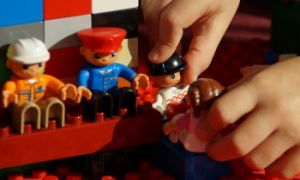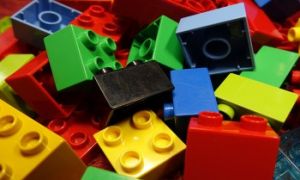Teaching children about sustainability enables them to appreciate and respect the natural environment. Early childhood services can provide meaningful hand on learning experiences in order for children to become environmentally responsible.
Environmental Responsibility
Environmental responsibility is one area of sustainability. It is about instilling in children ways to be creative, empowered and positive about the future by learning from the environment through hands on investigation.
Within the NQS Element 3.2.3 states "The service cares for the environment and supports children to become environmentally responsible".
Examples include:
- an appreciation of nature
- a respect for the natural environment
- an understanding of the interdependence between people, plants, animals and the land
- an understanding of Aboriginal sense of place
- children being supported to appreciate and care for natural and constructed environments
- children interacting with vegetation and natural materials in the environment
- children exploring insects and animals in their habitats to develop their understanding of biodiversity
- children participating in environmentally sustainable practices that support their engagement with and respect for the natural environment, increase their awareness of the impact of human activity
- educators developing environmental awareness and programs as a platform for ongoing environmental education
- educators using different ways to incorporate animals and plants into the program to support children’s understanding of ecology and the environment
- educators fostering children’s capacity to understand and respect the natural environment and the interdependence between people, plants, animals and the land
- educators sharing information and supporting children to access resources about the environment and the impact of human activities on environments
- spaces that promote the development of life skills, such as growing and preparing food, waste reduction and recycling and children being actively engaged in these experiences
Documents to support this include:
- documentation of children’s learning about environmental and sustainability issues
- policies that promote children’s understanding of their responsibility to care for the environment and the development of life skills (such as growing and preparing food, waste reduction and recycling)
- planning documents that support children’s learning through investigation and exploration of the natural environment
- photographs and displays highlighting children’s understanding and learning of the natural environment, including their contributions
Teaching Children About Sustainability
Educators can foster children’s capacity to understand and respect the natural environment and the knowledge of “why” and “how” to be sustainable. As Educators we can use a range of strategies to assist children to develop critical thinking and new environmental behaviours.
It's important to teach children about sustainability through hands-on experiences, for them to grasp an understanding of what it involves, to become socially aware, show respect for the environment and be environmental responsible.
Here is a list of ideas and strategies that will help introduce children to the concepts of sustainability and caring for the environment.
- Have separate bins for waste eg. rubbish, organic and recycling. Ensure the children understand what goes in the different bins through modelling, pictures, stories and games.
- Start a communal pantry - parents can take food items from the pantry when picking up their kids, perhaps an ingredient they’ve run out of that they need for dinner that night, and in return, parents can contribute something left over from their own pantry the next day. The communal pantry includes basic food staples such as pasta, pasta sauce, cans of tuna, breakfast cereals, biscuits and crackers.
- Create edible gardens for sharing and/or cooking produce.
- Get involved with sustainability in local community projects
- Reuse and repurposing materials for play
- Create a second-hand children’s book or clothing exchange for families
- Use forest-friendly paper products
- Investigate local indigenous environmental knowledge.
- Providing sensory and exploratory experiences with natural materials.
- Integrating sustainability education with the creative and expressive arts such as music, poetry and visual arts
- Engage children in discussions about sustainable practices. Such as noticing how a garbage bin is full, how food and scraps left over after meal times etc.
- Encourage children to participate in a recycling program (recycling bins for cardboard, plastic and paper) or involve them in developing new strategies for recycling materials (using donated materials for art n craft or donating materials to council clean ups etc.)
- For older children, environmental issues such as drought or daily weather reports including updates on air quality and pollution levels should be discussed during morning group time or and a chart to record these findings should be made as visuals within the room.
- For Preschoolers, choose “Energy Savers” – responsible for noticing lights, fans and other appliances left on when not in use. Likewise, choose ‘Water Savers” – responsible for noticing taps left on and other wasted water.
observing and caring for various animals, such as fish, reptiles and insects - Implementing water conservation mechanisms such as timers, stickers visible on taps, putting out buckets to collect rain water
- Taking responsibility for turning off lights and fans before going outdoors
- Caring for worm farms and using the jars of “worm juice” collected by children as fertiliser to use at home
- Sorting and recycling waste after meals and encouraging the use of reusable containers to store snacks and meals
- Creating garden patches, allowing children to participate in growing fruit, flowers or vegetables.
- Turning off the power for 2 hours every day during rest time
- Using scraps on the garden as fertiliser
- Children bring their own water bottles instead of washing cups.
- Encouraging children to use half flush on the toilets.
- Encouraging children to turn the water off while they wash their hands.
- Educating children in the natural decomposition cycle through exposure and participation in worm farms and composting food scraps.
- Educating children in how to care for pets and actively looking after the centre pet.
- Educating the children on caring for plants and our water ways e.g. recycling water.
- Install a water tank, even if just a small one that the children can water the plants from.
- Help children find ways to collect water when it rains and then use in different ways.
- Provide child size watering cans
- Recycle the water play
- Do activities that explain and show differences between tap and tank water
- Set up a system of names on day care bedding so you don’t have to wash as much when children attend more than once a week.
- Save the washers and other day care washing until you have a full load to put on.
- Involve children in air drying the clothes rather than using a dryer. They can help hang out small items on the fence or drying rack.
- Make gardening part of the daily and weekly routine. You can engage children by building hype around gardening. The whole gardening process can be taught starting with indoor seed planting and culminating with harvesting edible fruits and vegetables to make a group meal.
- Use recyclable items for craft activities. Common everyday materials ranging from cereal boxes, toilet rolls and aluminium cans can be used for a range of recycling ideas in childcare that can stimulate the imagination and keep children engaged for hours.
- Make art supplies using materials like food dyes, dish soap and even milk – this teaches children to make use of non-toxic bio organic materials to create their art.
- Demonstrate how to make musical instruments like maracas, shakers and drums using easily accessible and recyclable material.
- Demonstrate how to collect and use rainwater by setting up collection receptacles and encouraging children to water outdoor plants.
- Make age appropriate books about the earth available and read them aloud at story time.
- Install a worm farm and encourage the recycling of organic food matter while teaching the value of worms and the interconnectedness of all living things.
- Build a compost bottle using a clear plastic soft drink bottle with the top cut off and label removed. Add layers of compostable material and keep moist. Children can then observe the changes that occur in organic material as the composting material takes place.
- Teach children how to make their own paper using recycled paper scraps.
Learning about sustainability starts with everyday practice. Children can begin by watching educators model these behaviours, they may learn through song and rhyme as educators verbalise what they are doing. Children can begin to reason why practices are needed and to understand the impact that their actions have on the planet.
Teaching sustainability doesn’t just happen – it requires careful planning and a commitment to making it happening. Adopting sustainability practices in childcare as part of the regular childcare routine helps to not only model but to embed sustainable practices in children from a very young age.
References:
Teaching Kids About Sustainability With A Community Pantry, ABC Education
Sustainability In Childcare, Jumpstart Childcare
Teach Children About Sustainability, Toddle
Sustainability Practices In Childcare, Aussie Childcare Network


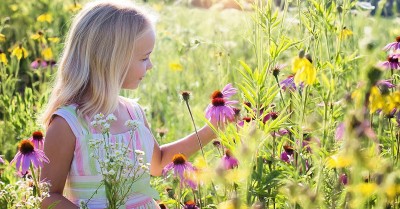
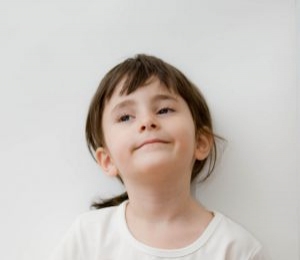 Open ended questions cannot be responded to with one word answers such as yes or no. These types of questions enables a child to provide
Open ended questions cannot be responded to with one word answers such as yes or no. These types of questions enables a child to provide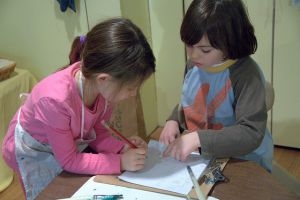 During your child’s preschool years, an important milestone begins to emerge. This is the development of pre-writing skills. Pre-writing skills are used to encourage, develop
During your child’s preschool years, an important milestone begins to emerge. This is the development of pre-writing skills. Pre-writing skills are used to encourage, develop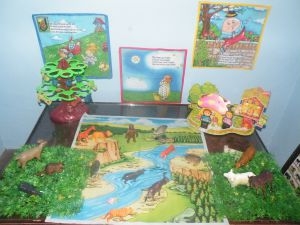 Open ended materials enables children to play freely. They are objects that have no rules to follow, use or function. Raw materials that can be
Open ended materials enables children to play freely. They are objects that have no rules to follow, use or function. Raw materials that can be An Acknowledgment of the Country is a way of showing respect for the Traditional Owners and can be given by both non-Indigenous people and Aboriginal
An Acknowledgment of the Country is a way of showing respect for the Traditional Owners and can be given by both non-Indigenous people and Aboriginal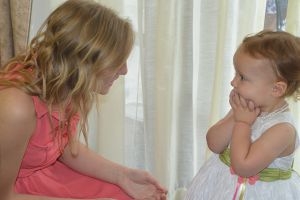 Language plays an important role in a child’s development. It enables a child to communicate effectively with their family, learn at school, socialize with friends,
Language plays an important role in a child’s development. It enables a child to communicate effectively with their family, learn at school, socialize with friends,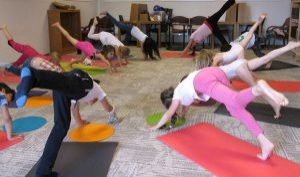 Like adults, children have to deal with their own stress in life. Moving house, starting a new school, preparing for a new sibling - these are
Like adults, children have to deal with their own stress in life. Moving house, starting a new school, preparing for a new sibling - these are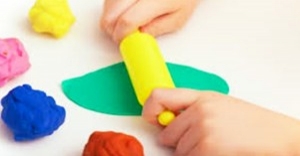 Playdough is such a versatile material. It provides numerous benefits to children as they manipulate it, it is safe and soothing and provides children with
Playdough is such a versatile material. It provides numerous benefits to children as they manipulate it, it is safe and soothing and provides children with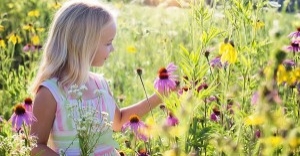 Teaching children about sustainability enables them to appreciate and respect the natural environment. Early childhood services can provide meaningful hand on learning experiences in order
Teaching children about sustainability enables them to appreciate and respect the natural environment. Early childhood services can provide meaningful hand on learning experiences in order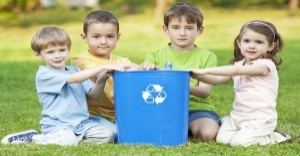 Recycling is an important concept that teaches children to care for the environment. It encourages children to be responsible and show a growing appreciating for
Recycling is an important concept that teaches children to care for the environment. It encourages children to be responsible and show a growing appreciating for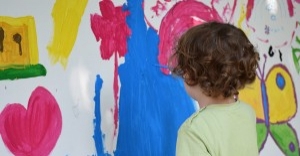 When children apply paint to paper, glue things together, or pound a lump of clay, they experiment with colour, shape design and texture.
When children apply paint to paper, glue things together, or pound a lump of clay, they experiment with colour, shape design and texture.

